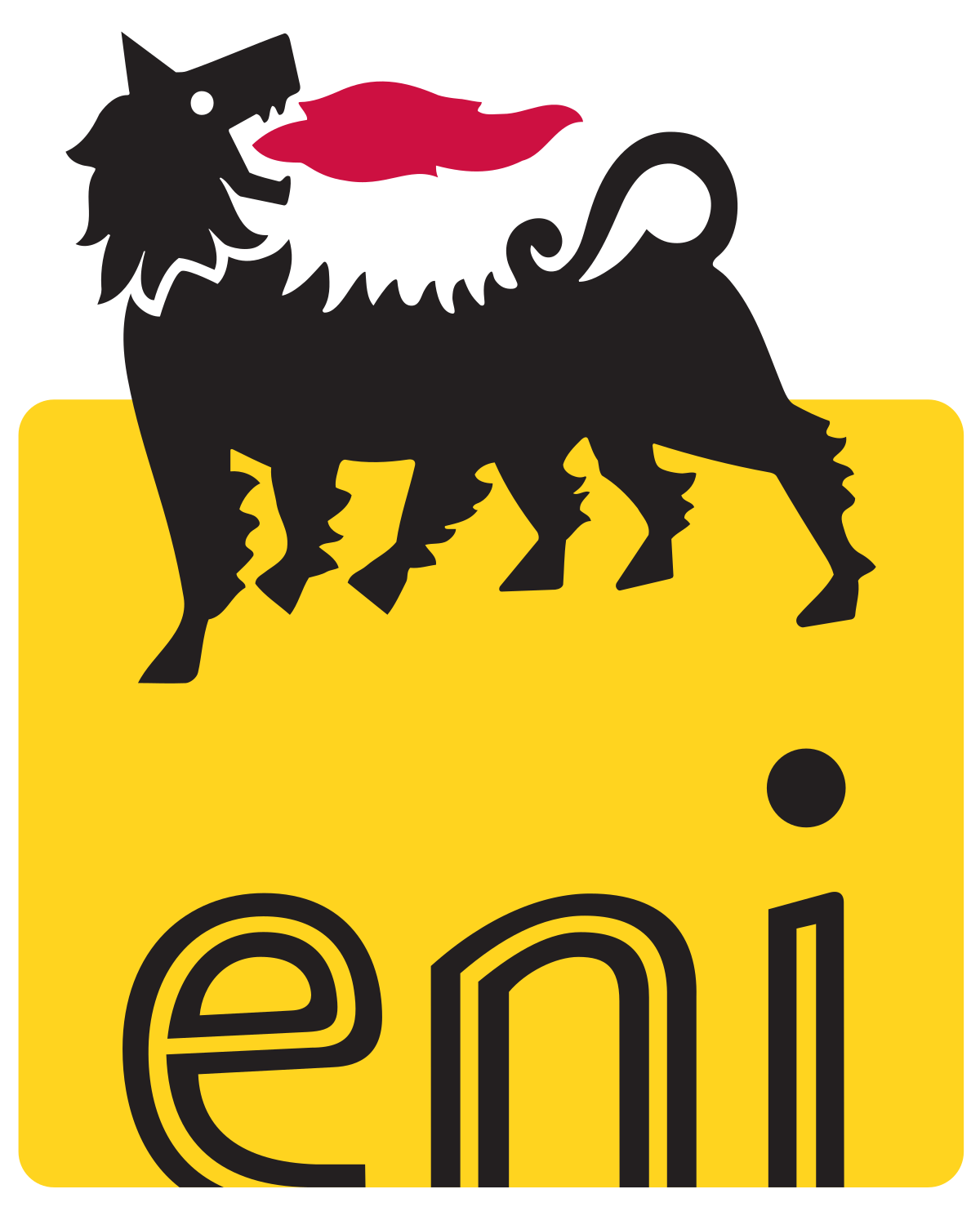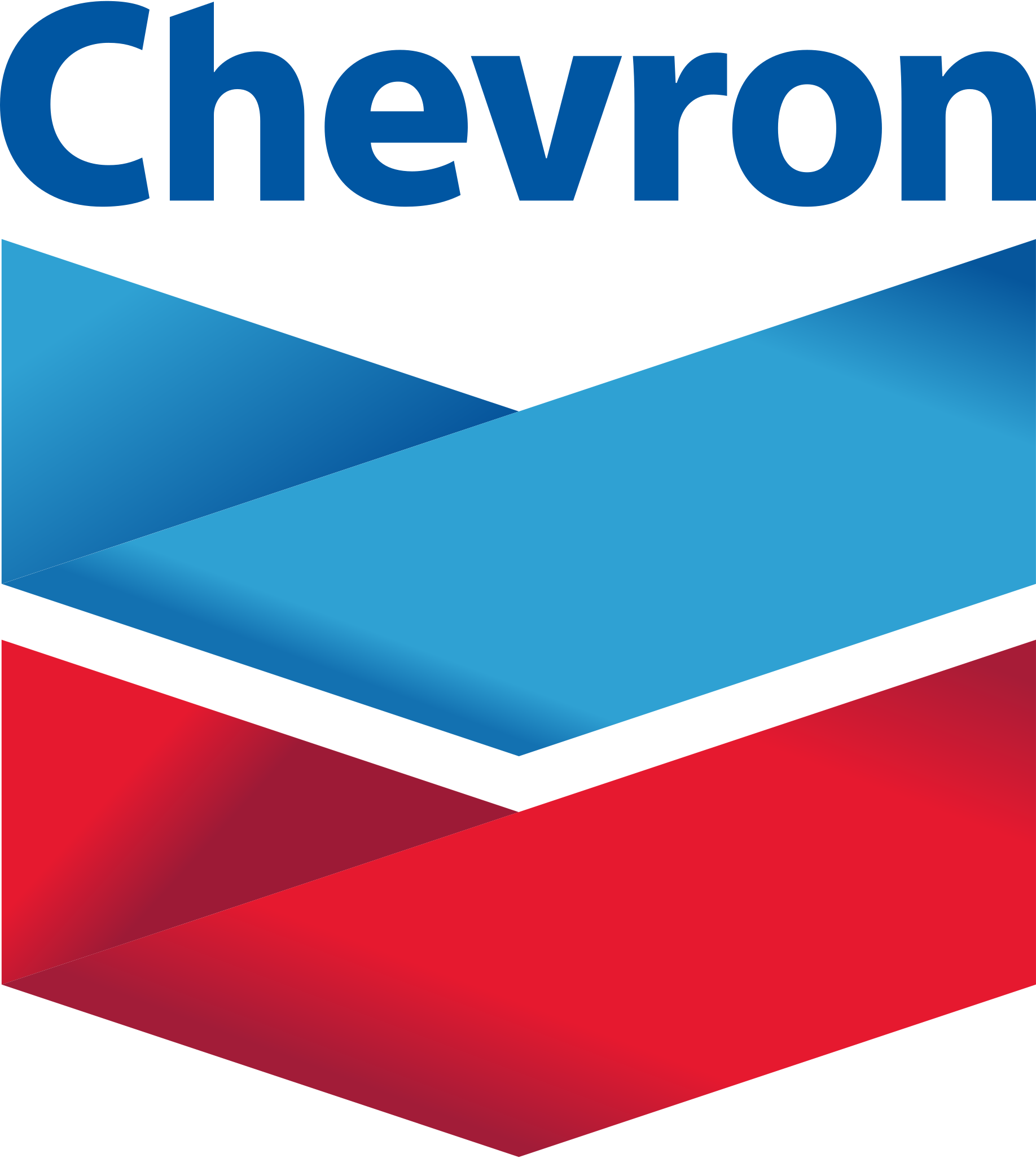2022 edition available now
Charting pathways to enable net zero
The Hydrogen for Europe study is the result of a cross-sectoral, technology neutral research project charting potential pathways for hydrogen to contribute to the EU’s goal of net zero GHG emissions. Applying innovative and proven modelling, the study supports the realization of EU targets for 2030 and 2050 by assessing which mix of hydrogen technologies can best contribute to the EU’s current and future energy landscape – and what support is needed to enable this.
What’s new
Modelling framework
Now accounts for the impact of a progressive substitution of Russian energy imports, as decided by the EU.
Updated policy targets
Higher renewable energy penetration and renewed relevance of a diversified energy supply strategy.
Methane emissions
Integrates methane footprint of the production, transport and use of natural gas and low-carbon hydrogen in Europe, along the full value chains.
Key findings
Hydrogen’s long-term role is expected to be unaffected by the current energy crisis and the substitution of Russian gas supplies.
A Technology Diversification pathway saves €650 billion in system costs (€40bn/y) on the way to climate neutrality by 2050.
The role of natural gas and low-carbon hydrogen is contingent on secure supplies, best practices in methane emission mitigation, and successful CCS deployment.
Total hydrogen consumption remains at 100 Mt and 25% of the energy mix in 2050 in both pathways.
The share of renewable in final energy consumption goes up to 65-80% depending on the pathway.
With an 80% reduction in methane intensity, using the Best Available Technology (BAT), natural gas can retain a share of 26-19% (442-321 bcm) in the energy mix in 2050.
Pathways
Hydrogen for Europe explores two pathways for a mix of hydrogen technologies to be deployed across sectors in Europe.
Both pathways meet the EU’s 2030 55% GHG emission reduction and 2050 climate neutrality targets.
TECHNOLOGY DIVERSIFICATION
Based on approved national targets.
Assumes no obstacles to the deployment of different technologies & accurate market foresight.
Looks at decarbonization technologies that enable a more competitive and cost-efficient energy system.
RENEWABLE PUSH
Prioritizes the use of renewable energy beyond current policy goals.
Hydrogen considered key to help absorb, store, and transport the additional energy resulting from higher renewables generation.
Key data
Total energy system costs are €40 billion per year lower in the Technology Diversification pathway
Total share of renewable energy in the final energy consumption in 2050
%
750 Mtoe by 2050
%
853 Mtoe by 2050
Cumulative hydrogen production capacity roll-out from now to 2050
GW
GW
Energy mix by 2050
%
of total primary energy demand
1,250 GW solar and 1,160 GW wind installed capacity
Solar & wind
%
of total primary energy demand
1,750 GW solar and 1,500 GW wind installed capacity
Declines to
%
by 2050
Nuclear
Declines to
%
by 2050
Sustained role with a
%
share of primary energy demand in 2050
442 bcm by 2050
Natural gas
Declining role with a
%
share of primary energy demand in 2050
321 bcm by 2050
Hydrogen import potential
%
of total hydrogen supply in 2050
%
of total hydrogen supply in 2050
Findings per sector
TRANSPORT
50 Mt of hydrogen used in 2050, accounting for 40% of the sector’s energy demand
INDUSTRY
43 Mt of hydrogen used in 2050, accounting for 40% of the sector’s energy demand
BUILDINGS
2-4 Mt of hydrogen in final energy consumption, up to 3% of market penetration
POWER
Peak hydrogen units use 2-3 Mt to generate over 50 TWh, helping integrate renewables and mitigate curtailment and grid congestion
Methodology
MIRET-EU
A model that encompasses the entire lifecycle of an energy system from primary resource to utilisation.
Integrate Europe
A model that analyses the impacts of technology learning on the cost-effective transition to an emission-free European Energy system.
HYDROGEN PATHWAY EXPLORATION
provides the MIRET-EU and Integrate Europe model with low-carbon renewable hydrogen imports from neighboring EU countries.
Methane emissions module
calculates the upstream, midstream, and downstream methane footprint of natural gas and all of its products, providing MIRET-EU and HyPE with CO2eq methane emissions of natural gas, LNG and low-carbon hydrogen.
Partners






